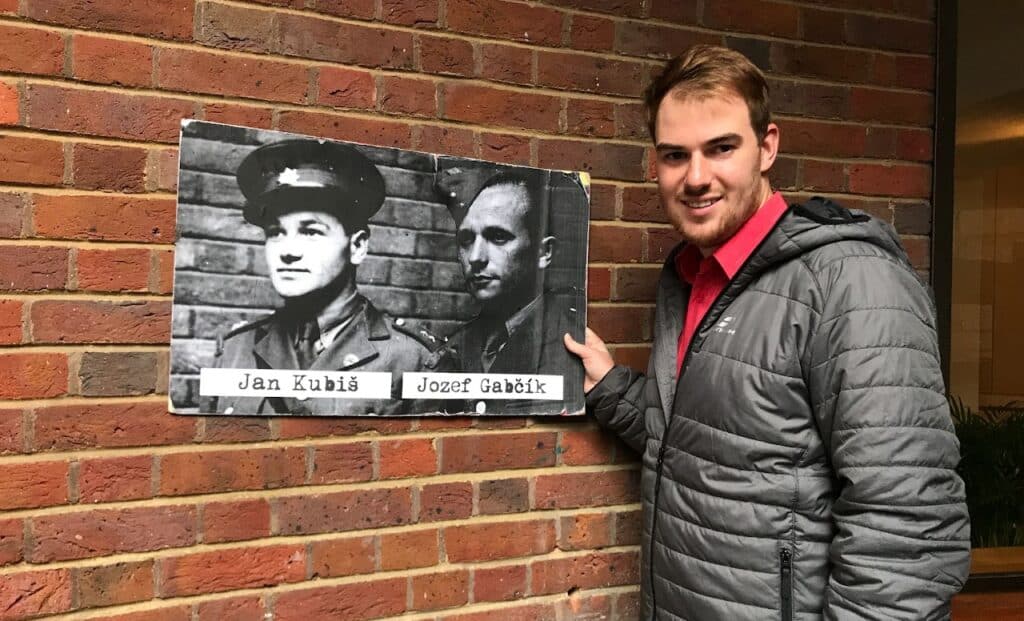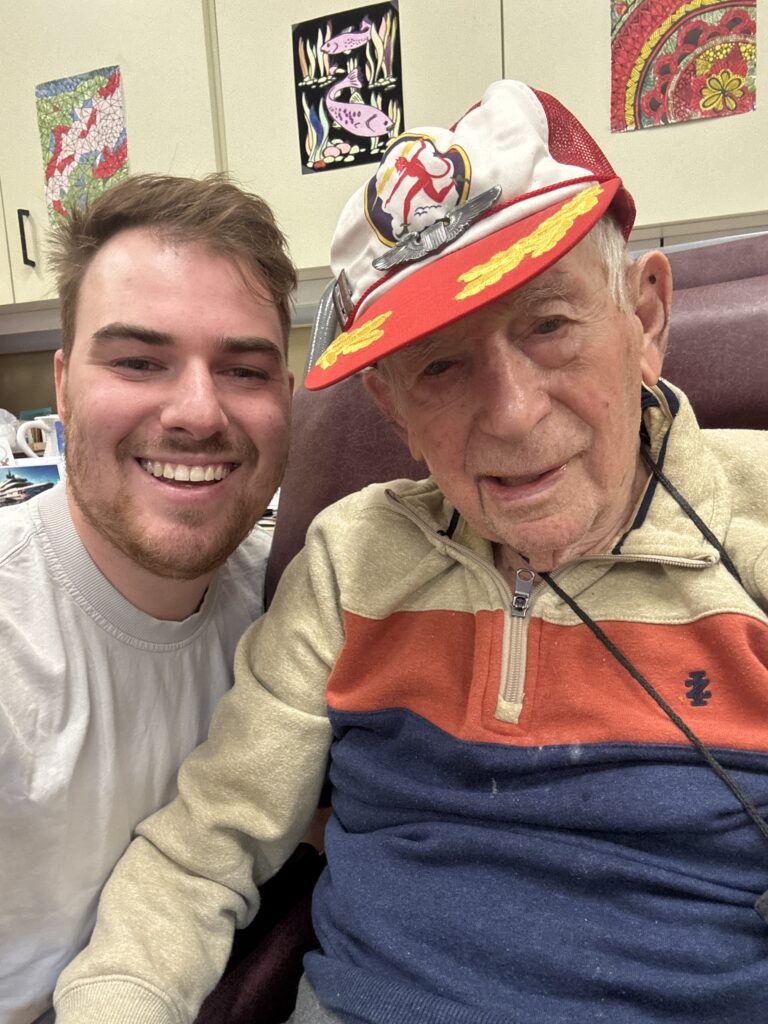
I was born and raised in the Czech Republic, formerly part of Czechoslovakia—a small country in the heart of Europe. Naturally, my research often leads me to the stories of all WWII veterans and Holocaust survivors. However, my focus also lies in documenting the experiences of soldiers with Czechoslovak heritage.
These stories are not limited to those born in Czechoslovakia who fought on both the Eastern and Western Fronts. Many fascinating tales also come from Czech- and Slovak-Americans who contributed significantly to the Allied victory during the war.
Among the extraordinary individuals I have had the honor of researching is Antonín Fajkus, a Czech-born American WWII fighter pilot. In the summer of 2024, I discovered his story while researching in Chicago. Moved by his forgotten heroism, I wrote a book about his life as a surprise tribute. We celebrated his legacy with various gifts and nearly one thousand birthday cards sent from people all over the world!
Another inspiring figure is Michael Strank, a Czechoslovak-born U.S. Marine immortalized in the iconic photograph of the flag-raising on Iwo Jima. Similarly, Joe Stiborik, a Czech-American, served as one of the crew members aboard the Enola Gay, the aircraft that dropped the atomic bomb on Hiroshima.
Forgotten Contributions of Czechoslovak Soldiers
Did you know that Czechoslovak paratroopers successfully carried out the assassination of Reinhard Heydrich, the so-called “Architect of the Holocaust” and the third-highest-ranking Nazi? Known as an Operation Anthropoid.
Or that Czechoslovak soldiers played a key role in the liberation of Kyiv in November 1943 during the Soviet offensive on the Eastern Front?
The contributions of Czechoslovak forces were remarkable across many theaters of war:
- Fighting alongside the Allies in France in 1940.
- Thousands serving in the British Royal Air Force (RAF), including during the Battle of Britain in 1940.
- Battling in North Africa, notably at the Siege of Tobruk.
- Participating in the siege of Dunkirk in 1944–45.
- Engaging in some of the fiercest battles on the Eastern Front.
After the Soviet Union, Czechoslovak soldiers were the second national contingent to actively combat Nazi Germany on the Eastern Front from March 1943 onward.
Do you want to visit actual WWII sites in Czechoslovakia in person? Join my tour! Check my website localhistoriantours.com
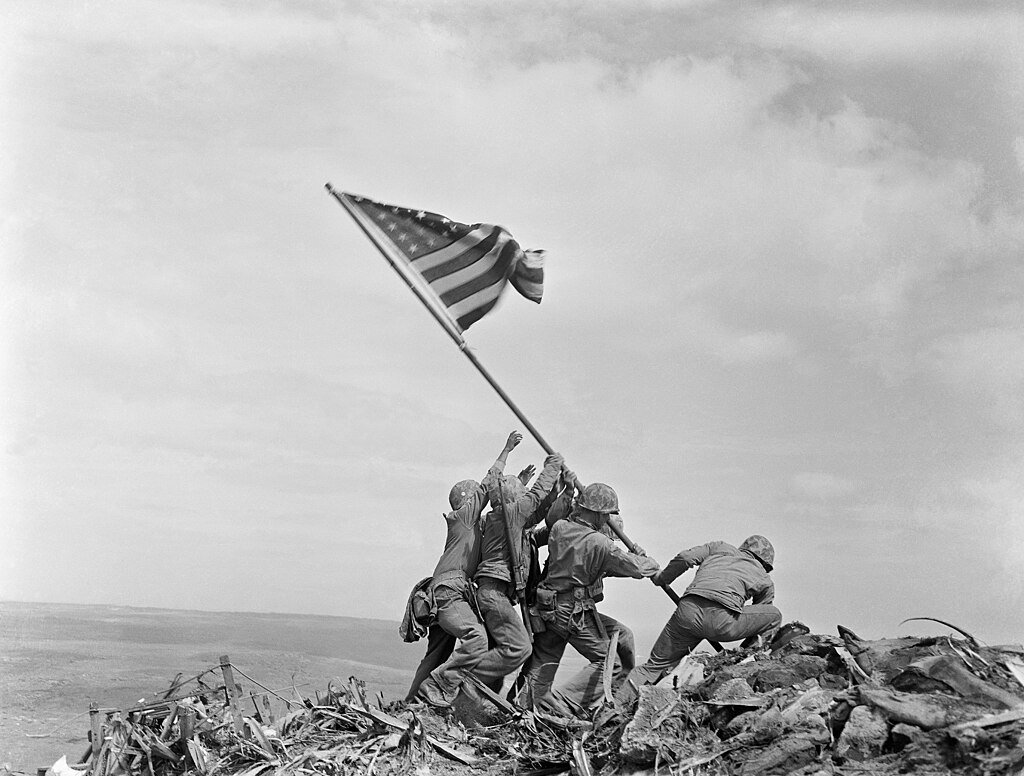
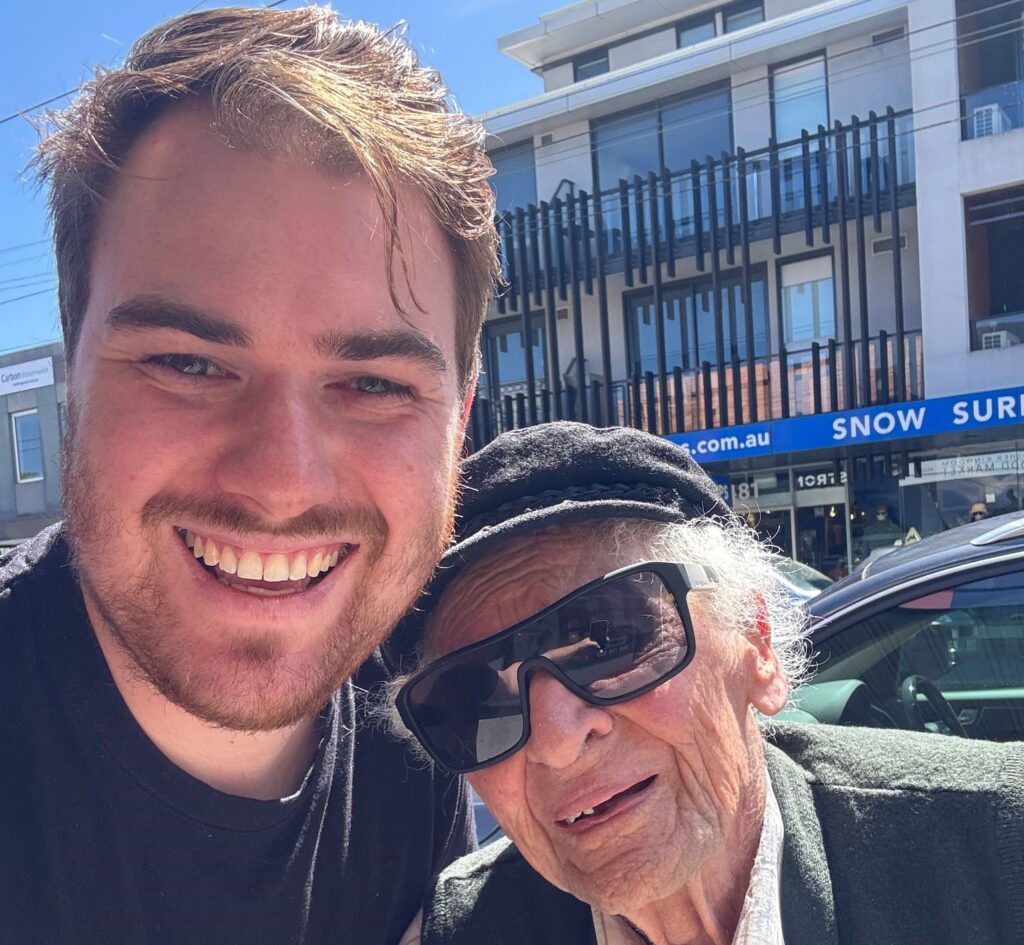
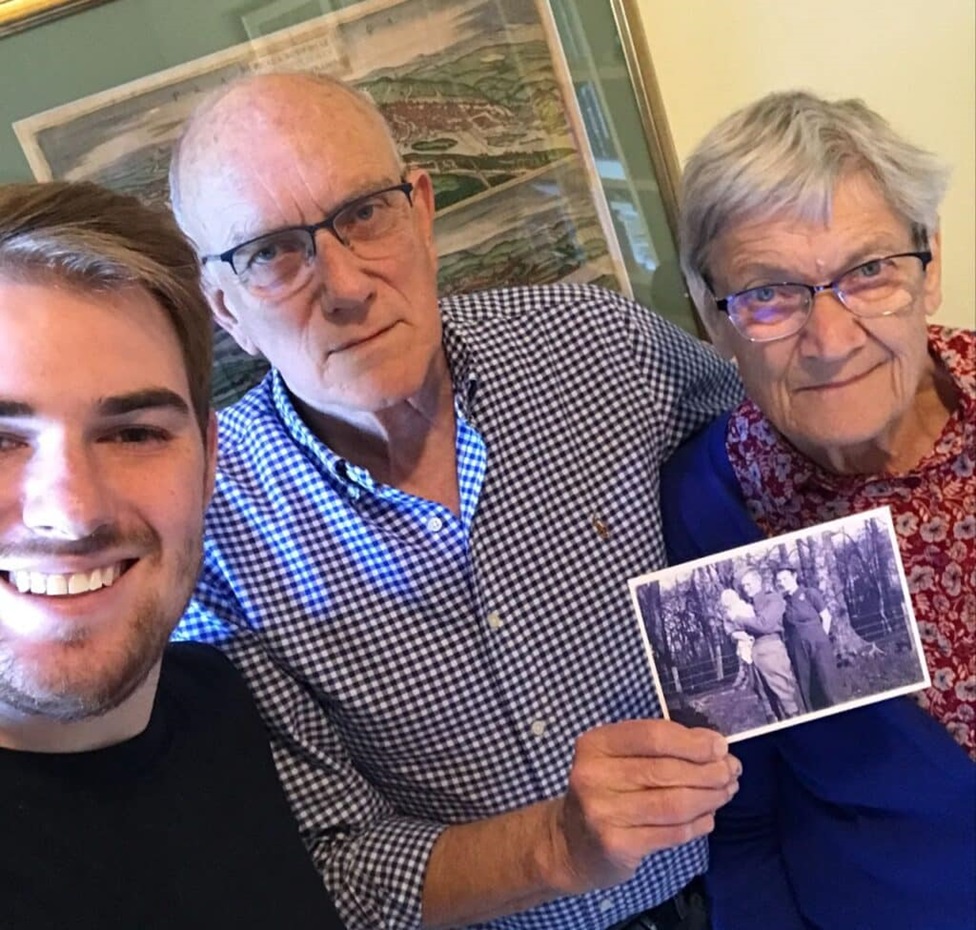
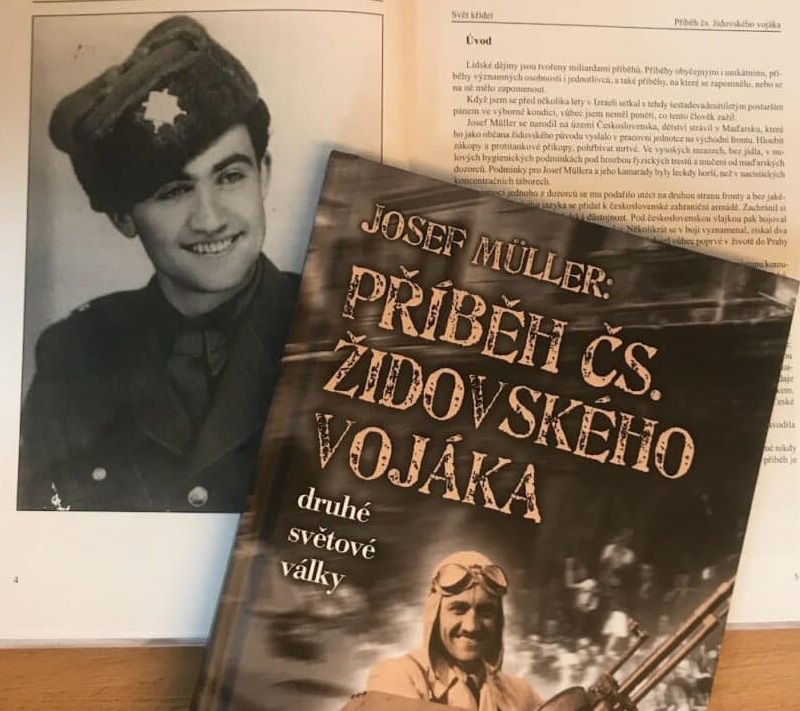
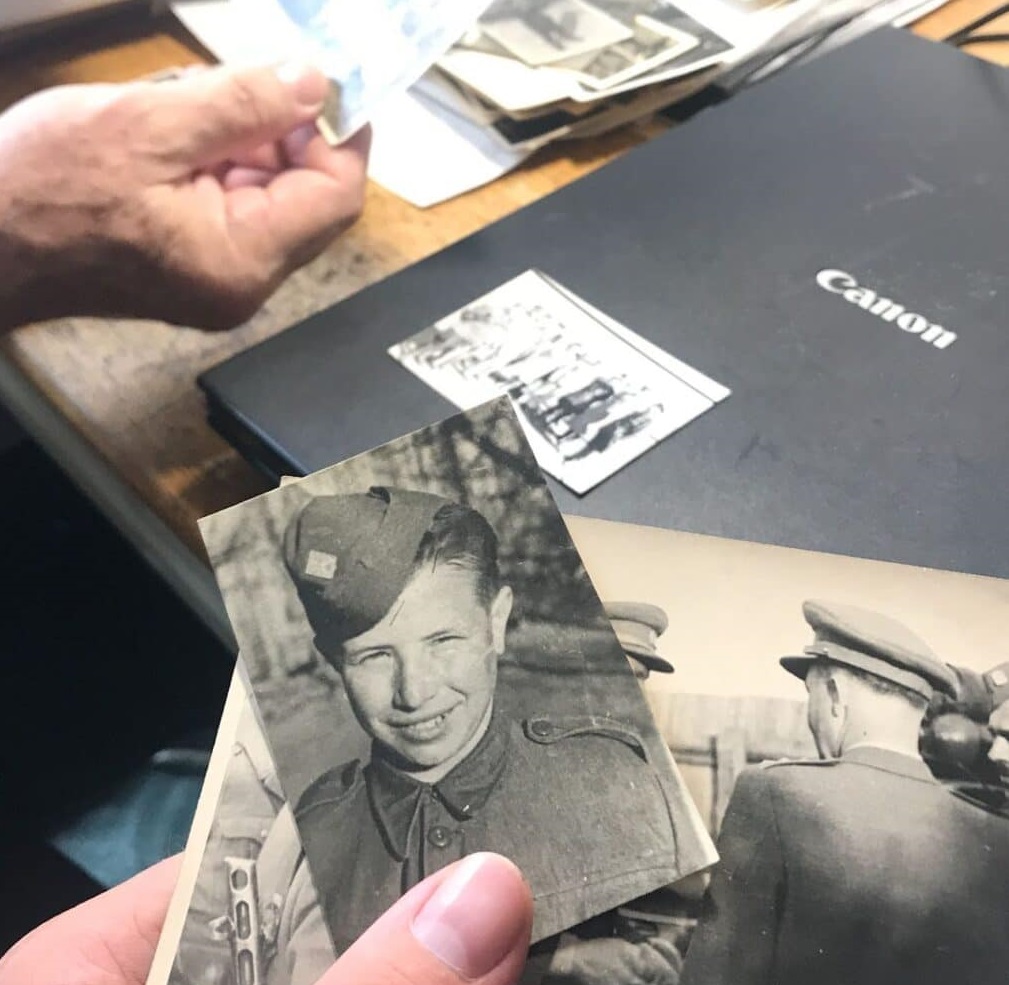
Why Their Stories Matter
These forgotten contributions deserve to be remembered—not just as part of Czechoslovak history, but as part of the global story of World War II. Through my research, books, and tours, I aim to shine a light on these often overlooked heroes and ensure that their sacrifices are not lost to history.
Jan Kubiš and Josef Gabčík are WWII heroes. These two individuals were members of Operation Anthropoid, successfully assassinating Reinhard Heydrich, the No. 3 ranking Nazi official, architect of death, and founder of the Holocaust. This historic event took place in May 1942 in Prague’s 8th district, which happens to be the place where I currently reside.
Trained in England and Scotland, Jan Kubiš and Josef Gabčík, before being parachuted into occupied Czechoslovakia, took a photo at a wall in one of the residential buildings in London. Remarkably, this wall still exists today.
